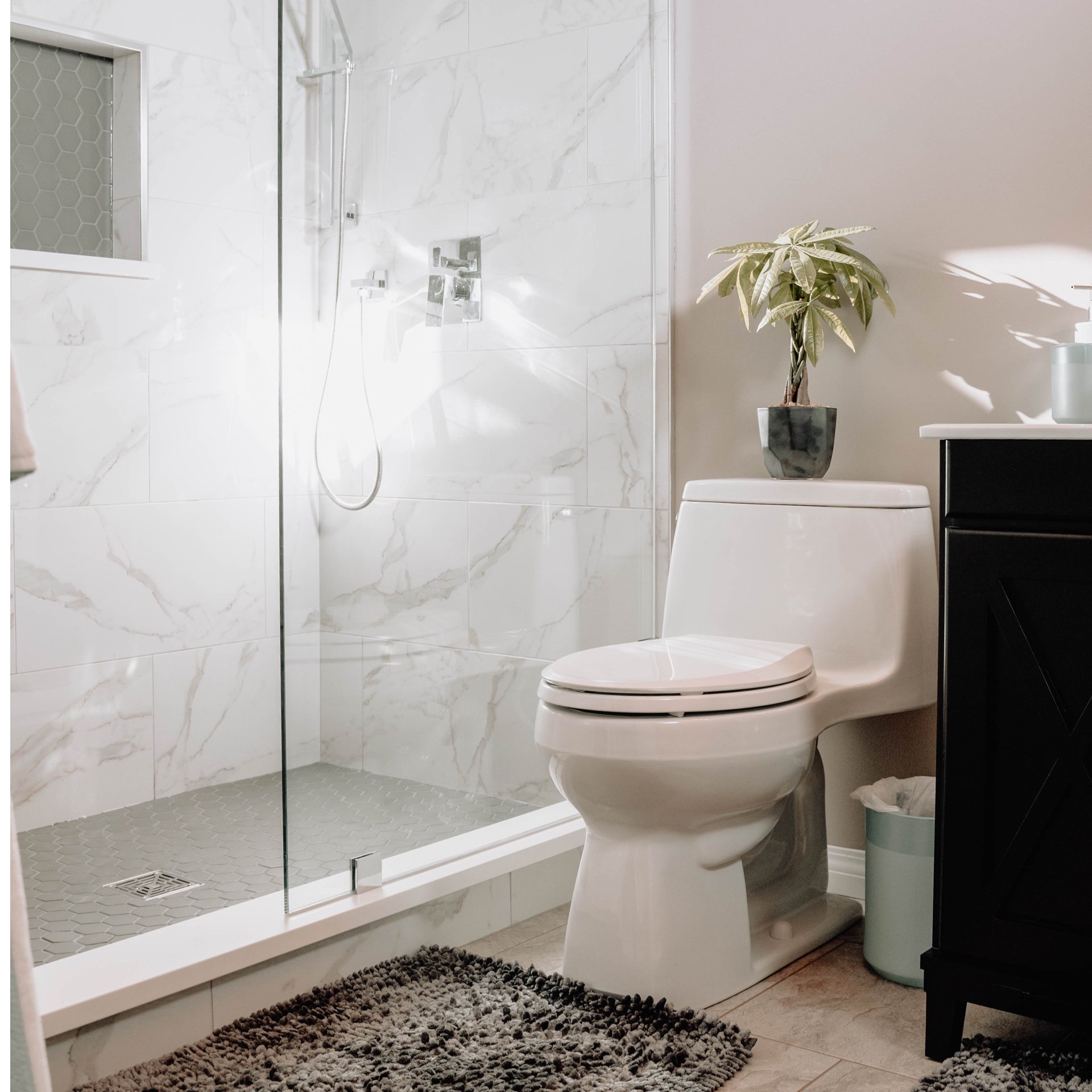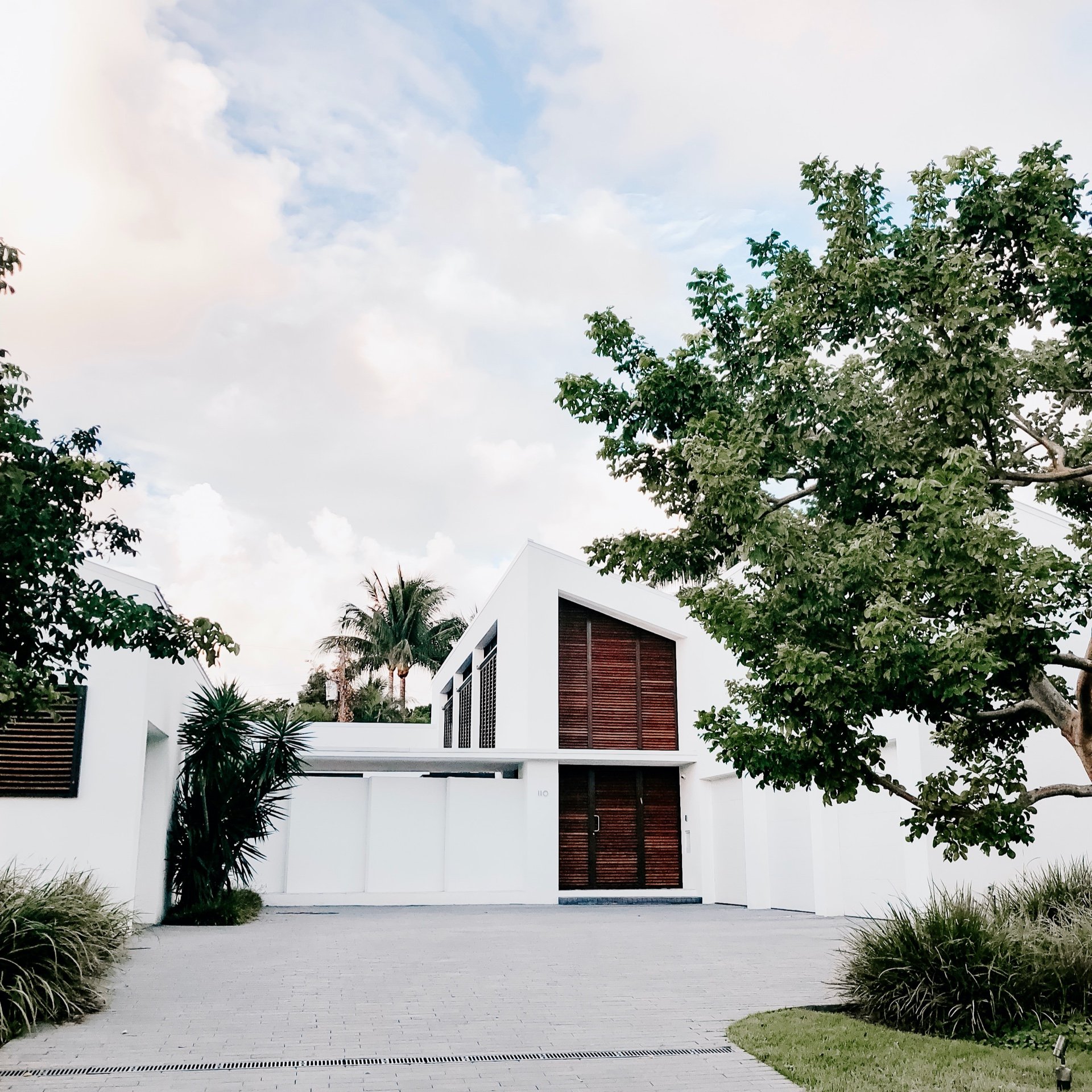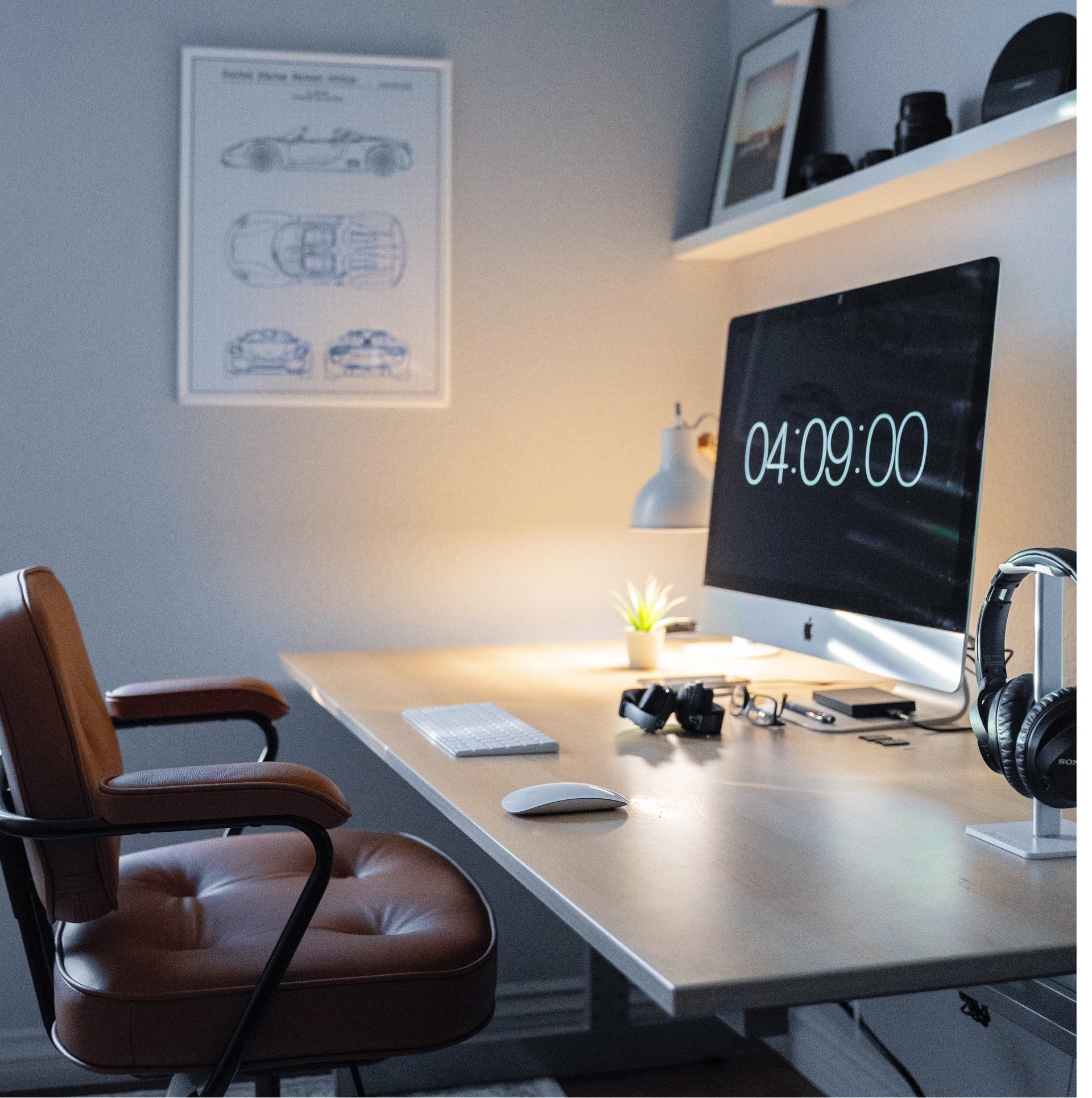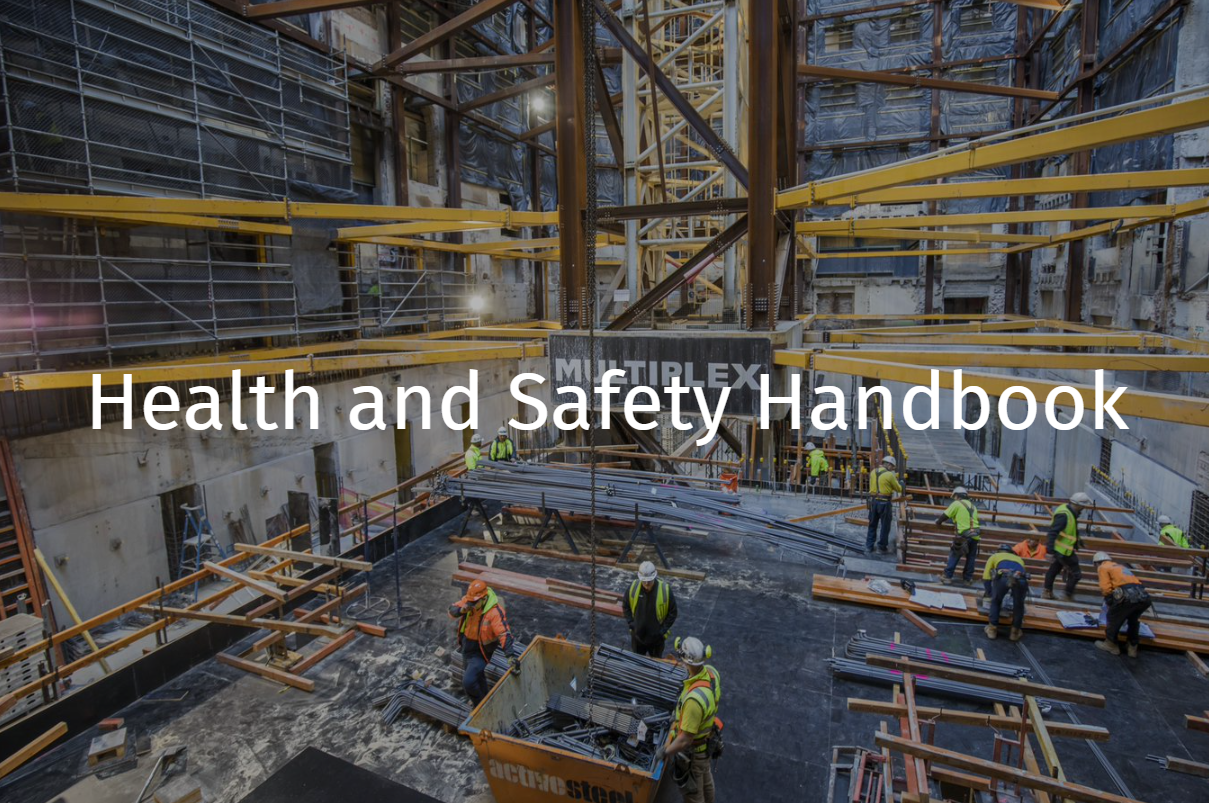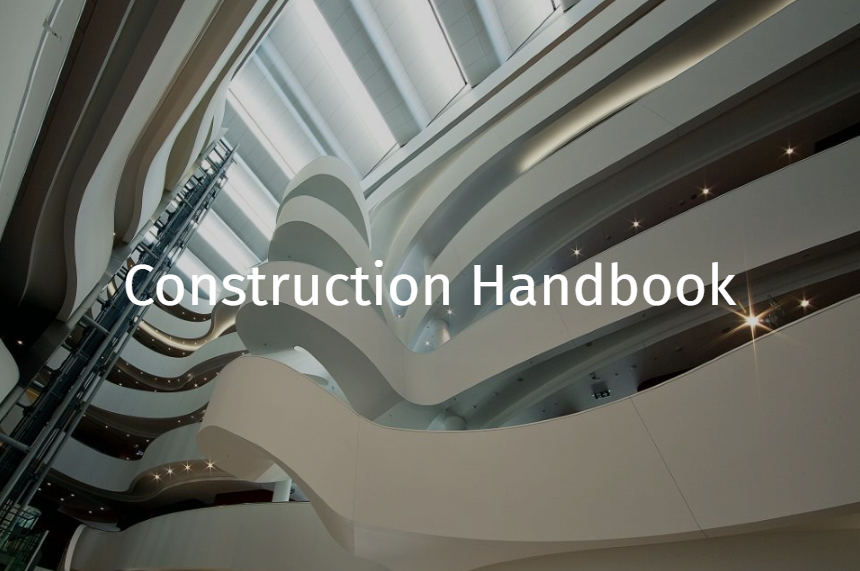Waterproofing & Tiling
General
Concrete does not change temperature quickly. Therefore, consideration of the concrete temperature, as well as ambient, is critical to successful membrane application.
- COLD
- No membrane coating application should take place while the ambient temperature is below 10°C, or while the temperature is around 10°C and is not expected to rise above 15°C for the subsequent four hours.
- No membrane application shall take place when the shell surface temperature is lower than 10°C.
- HOT
- No membrane coating application should take place while the ambient temperature is equal to or above 35°C and remain at this level for the daytime hours.
- No membrane coating application should take place while the surface temperature is equal to or above 35°C. Premature drying will occur.
- Applied membrane must be protected from high temperatures and direct sunlight until fully cured.
- HIGH RELATIVE HUMIDITY
- No membrane coating application should take place while the relative humidity is above 90%, or around 90% and not expected to fall below 80% over the subsequent four hours unless the surface temperature is above 25°C.
Membrane Types by Location
The following membrane types are examples. Each project team must consult with the manufacturers to confirm the suitability of what is proposed.
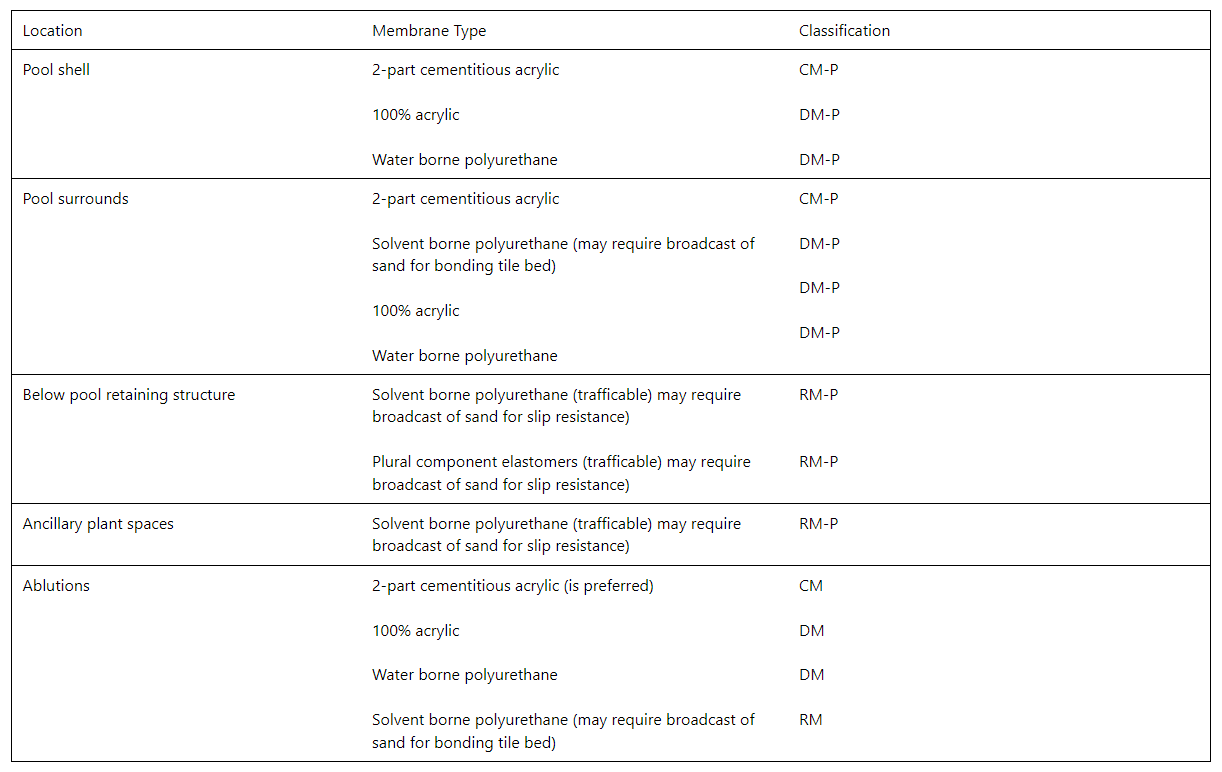
Programming
The following is the recommended minimum timing between each activity, based on the use of a 2-part cementitious acrylic membrane.
These times are endorsed by manufacturers and are referenced in AS3958.1 at Appendix E – Wet Conditions (constantly immersed).
Construction stages are as follows:
- Between curing the pool shell and rendering or screeding: 6 weeks.
- Between placement of the pool rendering and application of the waterproof membrane: 16 hours.
- Between completion of rendering or screeding and the commencement of tile fixing: 3 weeks.
- Between completion of tile fixing and the commencement of grouting: 3 days.
- Between completion of the grouting, movement joints and the filling of the pool: 3 weeks.
These timings may be varied but only if endorsed by the selected membrane manufacturer and other relevant parties.
Tiles and Grouting
Water Chemistry
- Water chemistry can have adverse effects on cementitious waterproofing, adhesives, and grouts.
- Soft water is aggressive to cementitious materials as it will leach the calcium out of these materials.
- Soft water is described as water having less than 90 mg/L of calcium.
- High calcium levels will lead to calcium deposits in the pool plumbing system.
- To prevent issues the recommended water hardness is between 90 and 200 mg/L.
- Soluble sulphates can also adversely affect cementitious materials.
- Sulphate weakens cement-based products by changing the original cement crystalline form to an expanded, mechanically weaker crystalline form.
- Where both low concentrations of calcium compounds and high concentrations of sulphates occur, the corrosion effect is accelerated.
- Maximum recommended concentration of sulphides is 300 mg/L.

In locations where water chemistry falls outside of the above recommended levels it is advisable to only use dispersion or reaction type products.
Information in this section was sourced from Ardex Technical Bulletin TB143.004 and has been abbreviated.
Floor Screeds/Beds
- It is essential that the screed be well bonded to the surface of the concrete.
- If curing compounds and release agents are used, these need to be removed in accordance with the manufacturer’s instructions prior to the application of any screed.
- Immediately before laying the screed, the surface of the concrete should be cleaned and brushed with a slurry coat.
- Proprietary products should be used in accordance with the manufacturer’s instructions.
- The accuracy of the concrete base should allow a screed thickness of 25mm to 40mm to be maintained over the whole area; where necessary, the concrete should be dressed to achieve this accuracy.
- The mix proportions of cement and sand for the screed should be between 1:3 and 1:4.5, by mass.
- The ratio of water to cement should be kept as low as possible, compatible with sufficient workability to ensure full compaction.
- Careful curing of the screed is of great importance, especially in warm dry conditions.
- Curing should start immediately the screed is compacted and finished. To ensure this, each completed area should be:
- Covered without delay using polyethylene sheets well lapped and weighted down around the edges to prevent wind blowing underneath or
- Continuous wet curing for the first 6 h.
- The screed should be left with a wood float finish.
Fixing tiles to the pool shell (floor and walls)
- The tiles should be solidly bedded so that voids behind them are eliminated as far as possible.
- Thin-bed adhesives are not suitable for the fixing of tiles with backs incorporating deep keys or frogs; for these, thick-bed adhesives should be used.
- Suitable type of the adhesives are C2, D2 or R2 approved for constant immersion. Other characteristic classifications of A, E, F, S, T, or P are at the discretion of the applicator.
Fixing floor tiles to the pool surround and adjacent areas
- The tiles should be solidly bedded so that voids are eliminated beneath them as far as possible.
- Special problems may arise where the floor areas must be waterproofed to prevent penetration of water to underlying corridors, electrical equipment and other services. In these circumstances, safeguards necessary to prevent water penetration should be incorporated in the design of the structure and drainage system; it should not be assumed that the degree of protection against water penetration given by the tiling will be adequate.
Grouting in swimming pools
- Proprietary grouts should be specified, selected for their suitability to meet the service conditions anticipated and should be used in accordance with the grout manufacturer’s instructions.
- Reaction resin grouts (RG) or cementitious grouts (CG2WA), in accordance with AS ISO 13007.3 are necessary.
Expansion/Movement Joints in Tiles for floor and walls
- Refer to AS 3958.1 Ceramic Tiles
Document Control
Version 01 October 2021

